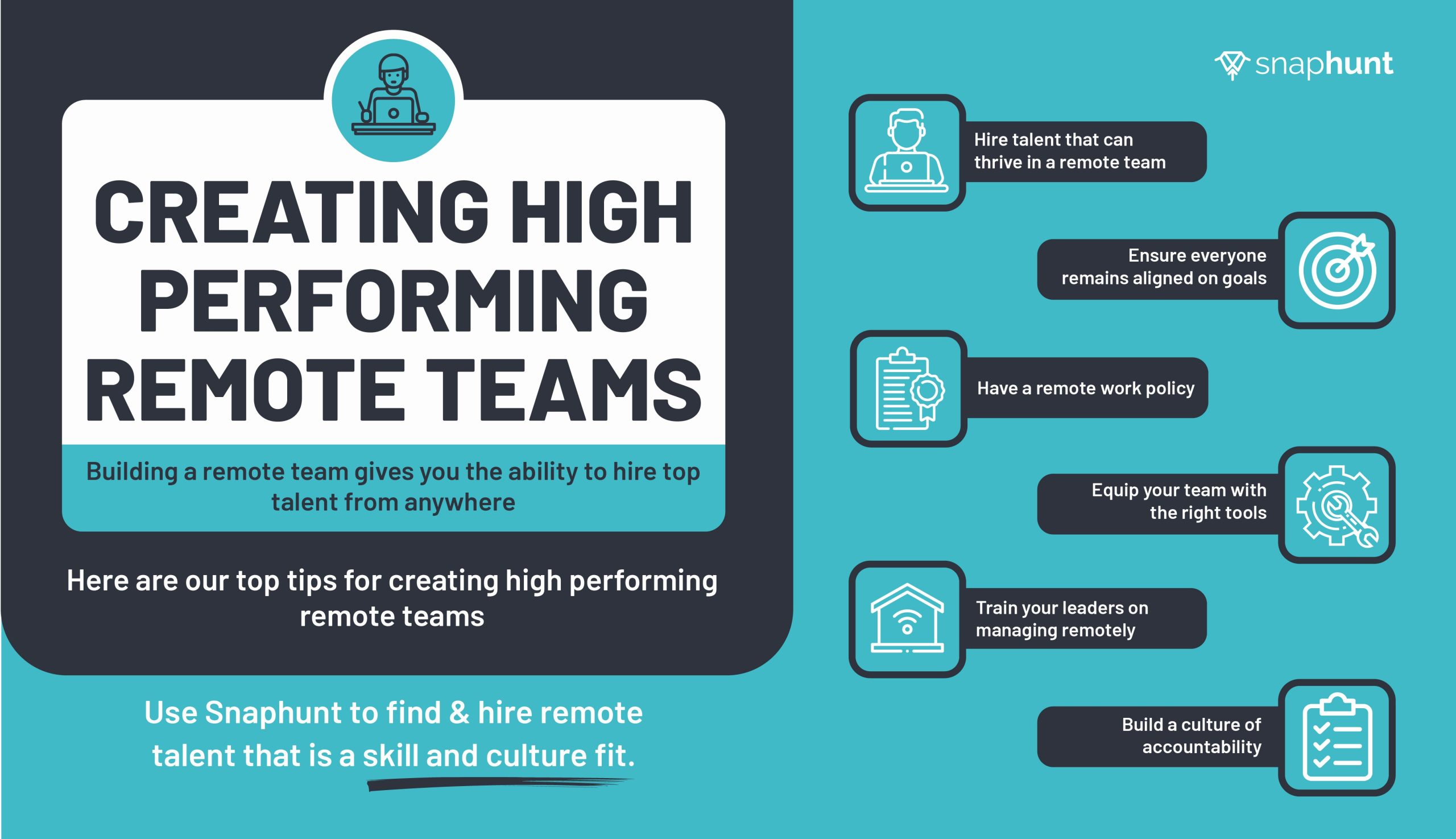Building a remote team is no longer a novelty—it’s a strategic decision that reflects the changing nature of work in the digital age. As more companies embrace flexibility and global talent, the challenge isn’t just whether remote work is viable—it’s how to do it well. Establishing a remote team requires more than just hiring people in different locations. It involves thoughtful planning, clear communication, and a culture that supports collaboration, trust, and accountability across time zones and screens.
One of the first steps in building a remote team is to define the structure and expectations clearly. It’s easy to assume that a job that can be done on a computer can be done remotely, but not all roles or individuals are suited to remote work without proper setup. Managers must consider not only the skills required for the role but also the qualities that make someone thrive in a remote environment. Self-motivation, communication skills, and comfort with digital tools become just as important as technical expertise. When hiring, these traits should be weighed alongside experience to ensure that new team members are likely to succeed without the structure of a traditional office.
Once the team is in place, communication becomes the backbone of productivity. In an office, information is often shared informally—over coffee, in hallways, or during lunch breaks. Remote teams, by contrast, must be more deliberate. There’s no casual chit-chat unless it’s built in, so leaders must set the tone by promoting open channels of communication. Daily check-ins, regular team meetings, and one-on-one sessions help ensure that no one feels disconnected or left behind. The goal is to create a virtual environment where people feel just as engaged and informed as they would in person.
Technology plays a crucial role here, but it’s not a solution in itself. Tools like Slack, Zoom, Trello, or Asana can keep everyone aligned, but their effectiveness depends on how they’re used. Teams must establish norms for when and how to communicate. For instance, when is it appropriate to send a direct message versus an email? What kind of updates should go in public channels? These guidelines help prevent confusion and ensure that everyone stays on the same page. The right balance of asynchronous and synchronous communication is key—allowing flexibility without sacrificing clarity or cohesion.
Culture is another critical component that can’t be overlooked. When people work remotely, there’s a risk that they feel isolated or disconnected from the company’s mission. That’s why building a sense of belonging is essential. Leaders should make an intentional effort to include remote workers in company rituals, celebrate their achievements, and encourage team bonding, even if it’s virtual. Something as simple as starting meetings with a personal check-in or organizing informal virtual hangouts can make a big difference. These small gestures build rapport and humanize the experience, reminding everyone that they’re part of something bigger.
Trust is also foundational to a successful remote team. In an office setting, it’s easier to monitor progress and offer support in real time. Remotely, micromanagement becomes tempting—but counterproductive. The best remote leaders focus on outcomes, not hours. They set clear goals, provide the necessary resources, and give their team the autonomy to achieve results in the way that works best for them. When people feel trusted, they tend to rise to the occasion. On the other hand, when they feel constantly monitored, motivation and morale suffer. Creating a culture of accountability without surveillance is a delicate balance, but one that pays off in loyalty and performance.
Building a remote team also means thinking globally. With fewer geographic constraints, companies can tap into a much wider talent pool. This diversity brings fresh perspectives and new ideas—but also potential challenges. Differences in language, culture, and work style can lead to misunderstandings if not addressed proactively. Leaders must be culturally aware and foster an environment where everyone feels respected and heard. This means being sensitive to holidays, time zones, and communication preferences, and making inclusivity a real part of the team’s everyday operations.
Security and infrastructure are practical but vital considerations as well. Remote teams rely heavily on digital access, which means that secure systems, data protection policies, and reliable tech support are non-negotiable. Investing in the right tools and ensuring that all team members have access to what they need—whether it’s software licenses, hardware, or internet stipends—sets the stage for seamless collaboration and avoids unnecessary bottlenecks. A slow laptop or patchy connection may seem minor, but over time, it can undermine efficiency and morale.
Perhaps the most important ingredient in building a successful remote team is adaptability. Remote work is not static. Technologies evolve, expectations shift, and teams change. What works one quarter might need adjusting the next. Successful remote leaders listen closely to their teams, gather feedback regularly, and stay open to experimentation. They recognize that working remotely is a dynamic process, not a fixed formula. When something isn’t working—be it a process, a tool, or a communication habit—they’re willing to make changes.
In the end, building a remote team is as much about mindset as it is about logistics. It’s about trusting people, empowering them to do their best work, and creating a culture where distance doesn’t diminish connection. Done right, remote teams aren’t just a workaround—they’re a strategic advantage. They offer access to diverse talent, greater flexibility, and often, a more balanced and fulfilled workforce. And as the nature of work continues to evolve, those who master the art of leading remotely will find themselves ahead of the curve, not catching up to it.




